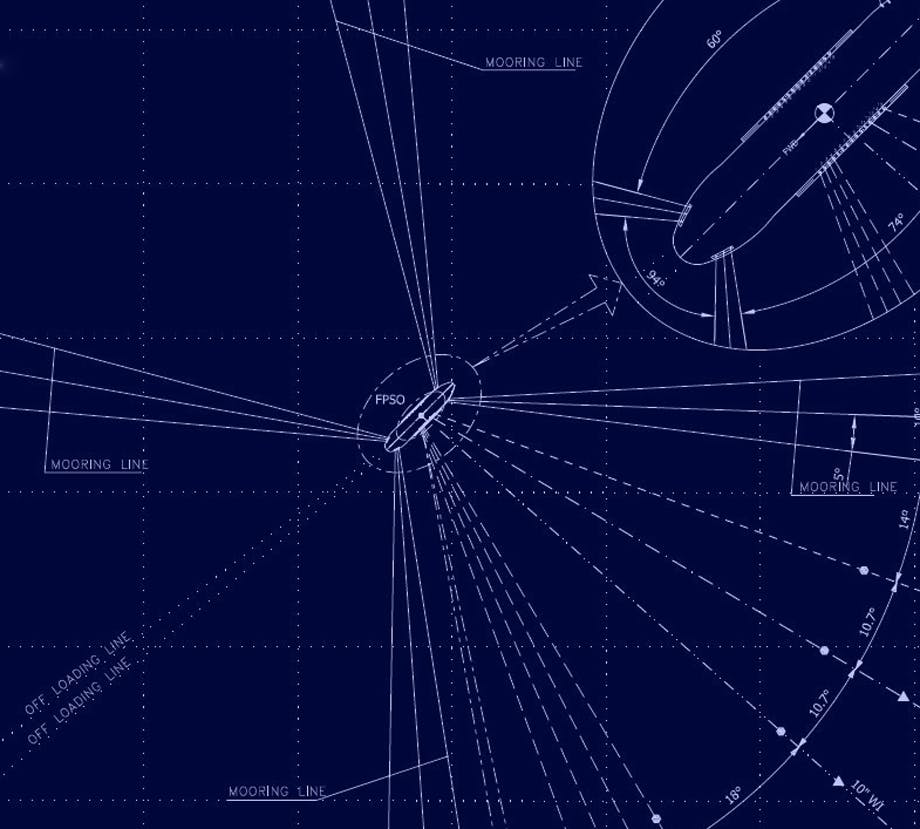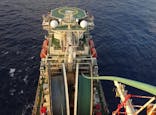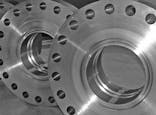Subsea riser systems are one of the most challenging aspects in the design of a new offshore development. They are sensitive to the host facility type, environmental conditions, water depth, temperature, pressure and production chemistry. On top of that, changes in market economics, developments in new technology and changes in operational requirements mean that riser system selection for a new development is not always as simple as “what did we do last time?”
We have found that the identification of key challenges, definition of possible riser concepts and early concept evaluation can help avoid surprises later during the detailed riser design phase and ensure that cost and schedule plans are maintained within an acceptable tolerance.
Riser Concept Selection
We have worked with all types of subsea risers for all types of applications; for deep and shallow water, with sweet, sour and HPHT service. This comprehensive expertise means we can quickly identify challenges and develop custom solutions on a riser component and system level, and from an overall field development perspective. Our riser concept selection assessments typically include:
Option identification
Global riser configuration
Basic sizing and weight estimates
Barrier philosophy assessment
Vessel payload definition
Vessel approach and congestion assessment
Response feasibility and design margin
Technology challenge identification
Technology readiness assessment
Installation feasibility assessment
Cost and schedule comparison
Riser Component Evaluation
As well as working with operators to evaluate riser component availability, lead times and technology readiness, we also help vendors evaluate the market potential for different riser types, materials, and associated specialist components.
Using high-level market forecast data produced by industry analysts, we can determine future market growth, and combined with our own specialist knowledge of subsea riser technology trends, we can determine the expected riser and component needs. This helps vendors determine whether it is commercially feasible to develop a new product or expand their product line.
Project Experience
West Africa 2500m FPS Riser Concept Assessment
A new floating production system, to be installed offshore West Africa, required a large number of initial risers and potential tie-in of a number of future lines. 2H conducted a configuration and sizing assessment of all production and injection risers and umbilicals to be tied in to the facility to determine the most feasible system configuration. We considered several field development configurations including turret-moored and spread-moored vessels, steel catenary, lazy wave, flexible, and free-standing hybrid risers. We completed the project in 3-4 months and provided key data for the operator’s overall cost and production system model:
Turret hang-off loads – critical for such a large water depth
Preliminary strength and fatigue analysis of each riser and vessel combination to determine potential feasibility, response drivers and response margin
Riser layout – demonstrating level of congestion, influence of mooring system response, potential for accommodating future lines
Riser cost and schedule estimates, outline installation feasibility and sequence for capable vessels identified
Interestingly, while some risers appeared to be more cost-effective in a riser to riser comparison, the more costly riser solution ended up being the most advantageous in terms of the overall system.
FPS Riser and Flowline Cost Comparison
We have prepared a number of riser and flowline cost estimates for floating production systems to show whether a particular type of riser/flowline type has a clear cost advantage over another.
These have considered different water depths, geographical locations, riser configurations and flowline lengths. Cost comparisons have been made for flexible pipes and equivalent steel pipe systems, including steel catenary and freestanding riser system, and take into account engineering and project management, hardware, fabrication and installation.
Clients are provided with comprehensive costing spreadsheets detailing the material take off for the defined riser and flowline configuration. This allows the customer to continue using the costing tool to evaluate concepts as other variable costs, such as installation vessel day rates, become known.
Vendor Connector Development
2H has conducted numerous market studies on behalf of vendors for new products or materials they are considering integrating into their existing product line. Our process involves evaluating potential market size and location, identifying existing and potential competitors, and defining development needs and costs.





